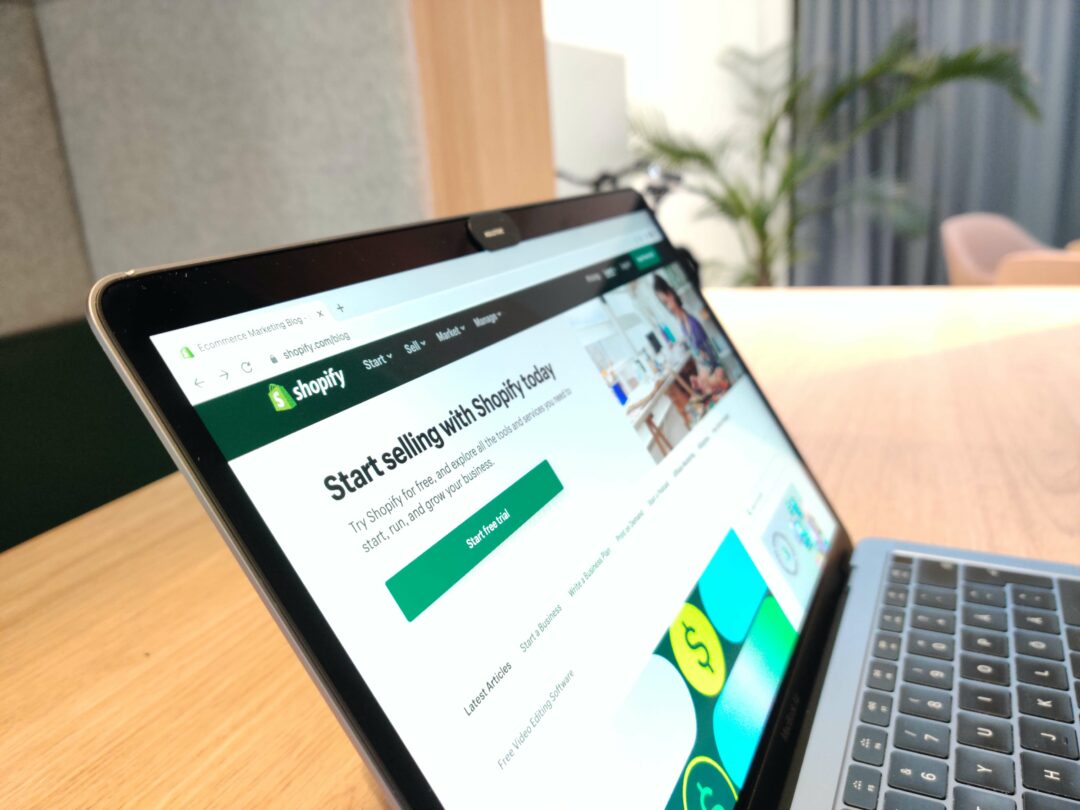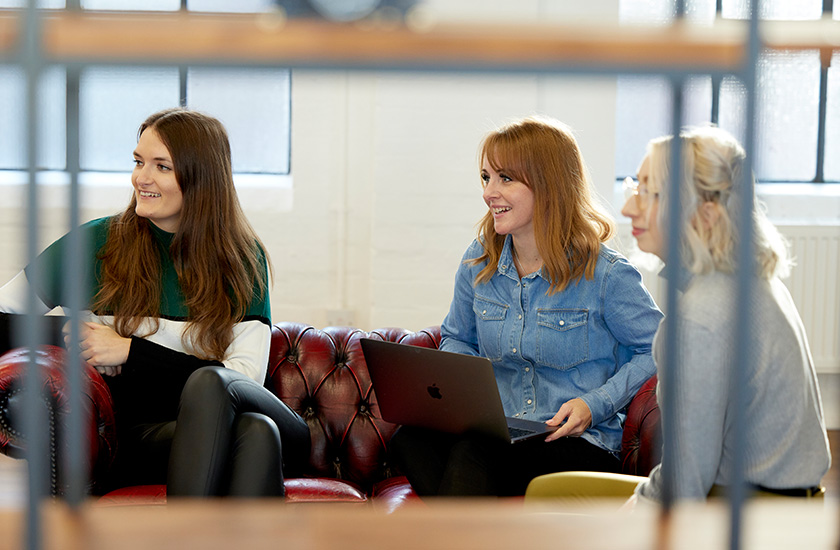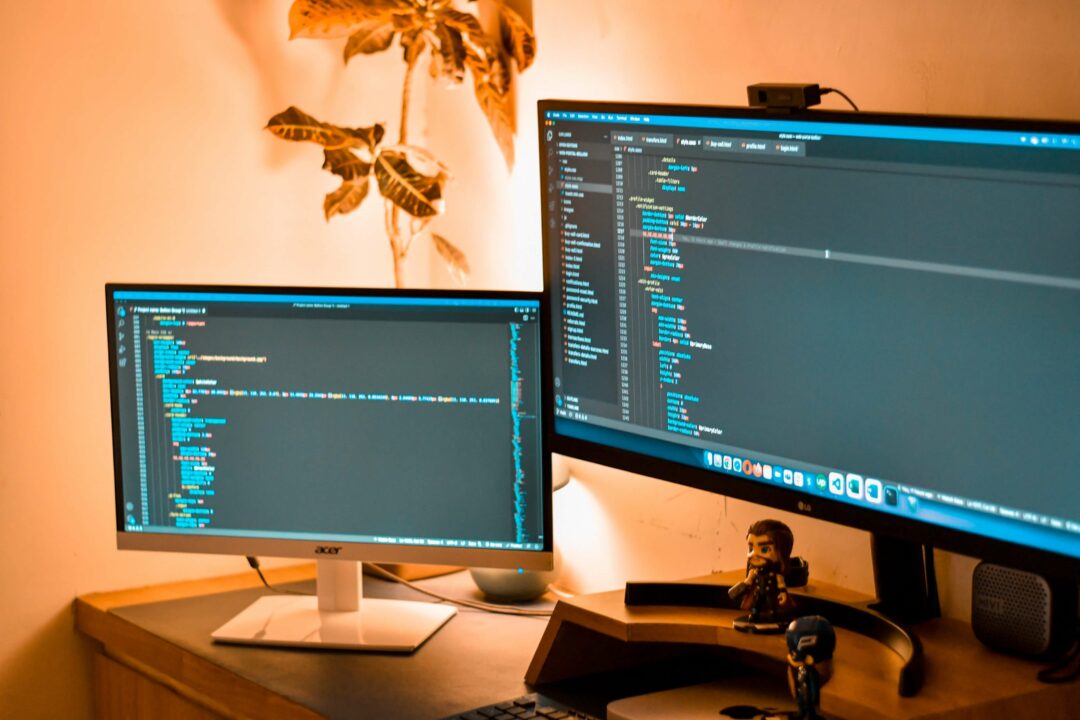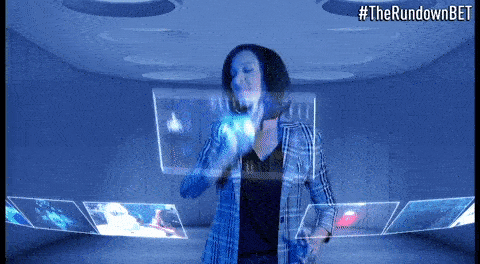As a SaaS design agency our clients and their users are at the heart of all our work. We prioritise an effortless and enjoyable experience, during both the product development and for the end-user.
SaaS products are at the heart of our day to day lives, whether that’s at work or at home. Thanks to our detailed and methodological approach to design, we help to ensure our clients get exactly what they want, every single time.
In this post, we’re going to explore exactly what that looks like when it comes to designing a good SaaS product, but first, let’s get back to basics…
What is a SaaS product?
Software-as-a-service are cloud-based applications, usually available on a subscription basis. These digital products are connected via the internet and accessed via a web browser, desktop or mobile application. Examples include email applications, messaging apps such as Slack and CRM tools like Hubspot* or Salesforce.
What are SaaS users looking for?
When using SaaS applications yourself it’s possible you’ve never really thought about exactly what you need from the technology or software. Email applications for example are so ingrained into daily life, you rarely consider them. Some apps are designed to always anticipate your needs, wants and problems before you’ve even thought about them yourself.
During the design phase of SaaS products, we work closely with our clients to identify exactly what problem their software solves for the user. Ensuring that this is answered is key and defines whether or not a user will continue to engage with that software for the long term and become a loyal and paying customer.
Here are some key questions (from the users POV) we always consider when starting the SaaS product design process:
- Does it have a straightforward value proposition?
- Does it solve my problem?
- Can I sign up easily?
- It is logical to use?
- Where is the navigation? Does it make sense?
- Is the key information displayed clearly and simply?
- Can I find pricing information easily?
- Does it add value to my work/life?
- Can I access support and help?
There are a few things that the user is looking for, but what about our clients…
What are our SaaS product design clients looking for?
There are typically three main objectives for our SaaS clients:
- Sky-high signup rates – not everyone will stay as a long-term or paying customer so it’s important to get as many people on board initially to increase those numbers in the long run.
- Low churn rates – this goes hand in hand with point one, the lower the churn rate the more people you keep!
- Growing MRR (monthly recurring revenue) – and of course, more sign-ups and a lower churn means more money per month. With monthly recurring plans for customers across SaaS products, MMR is the key driver for SaaS companies.
What makes a good SaaS product?
Simply put, ensure that your SaaS product solves a clear problem for the user.
Initially, selling that solution through the website is key. To encourage customers to signup and try your software a low barrier to entry (for example a free trial) and a great onboarding experience can really help them get the most out of that. Software should be easy to use and provide value to the end-user, leading to retention and referrals.
As Strafe has developed into a SaaS design agency we’ve learned more about each of these elements along the way. Here are these key features of a good SaaS product in more detail:
1. Salesmanship of the website
Given conversion is our speciality, we always ensure that the landing page is built to convert. Many well-known companies don’t need to focus too much energy on this, however, if you’re promoting a relativity unknown and new piece of software then your website must be strong. It’s part of the initial brand experience.
2. The barrier to entry
Well, ideally no barrier right? How easy can we make it for a user when they first transition from the website to the product. Try a free trial or a free version with limited features.
3. Onboarding experience
Onboarding is truly an important part of the initial experience with the SaaS product. We must work hard to give the user plenty of information in a simple, clear manner yet not overwhelm them and put them off using it entirely. We talked a bit about different types of onboarding in our previous blog post about user flows.
4. Pivot point
If Ross from ‘Friends’ is echoing around your head as your read this, then you’re not alone! But importantly, this is an important point, it’s that ‘ah ha‘ moment when the user decided your software is perfect for their needs. There’s no exact definition of when that moment is as every user is different, but there’s some interesting research around it.
For example, Twitter’s research into its onboarding found that if you start following 25 people upon signing up, you’re more likely to stick with it. Hence why it’s mandatory to choose 25 accounts to follow in those initial sign up steps.
5. Ease of use
Alright, so we’re into the software and that system must be intuitive and easy to use. Beyond the onboarding process, we have to guide the user around to ensure they get the most out of the product. Don’t allow the user to access everything straight away, share with them new features as they start to use the product more and more.
6. Retention
With that MMR in mind, we must consider how long are our users going to stick with the technology? Beyond say a free trial, can they see the overall value? What’s important to consider when pricing up a SaaS product is the value vs. the user’s investment. Is the price worth the value you’re offering?
7. Referrals
And finally, can we get our loyal users to tell all their friends! Keep them signed up and refer your SaaS product to people they know, thus helping signup rates and MMR.

How to design a SaaS product? Strafe’s 11 step process
As with all our projects the Strafe team go into a lot of detail throughout. It’s this tried and tested methodology that helps us do SaaS product design and build that increase leads and sales for our clients.
In SaaS product design we take the same approach but with some bespoke best practices that are essential in software design and development:
- Research – this is such an important step. We always interview the client’s company in detail. We discuss wants and needs with the target market. Then, by trialling competitor software we can identify what works or doesn’t. Anything the competition isn’t doing well is an opportunity for us to work on for our clients.
- User flow/user journey Planning – we spend a lot of time on the user flow of the SaaS products we design. It’s crucial that this stage is completed in detail as it affects the user experience throughout the software.
- Wireframing with Prototypes – at Strafe we plan out a mid-fidelity version of the product, linking together the user journey, navigation and clicks – ensuring that the usability of the product is really nailed. Both mobile and desktop versions of the product are prototyped and designed.
- Design – it’s not until step three is completely finalised do we go to aesthetics and started to design the look and feel of the SaaS product.
- Seamless Handover – once the design is signed, sealed and delivered we hand it over seamlessly to our dev team to get started on the development and build.
- Sprints – like any software company we build in sprints to ensure the product is working well at every stage of the user journey. For example, we build out the onboarding process in its own sprint, prototype it, test it and sign it off before moving to the next phase.
- Quality Assurance (QA) – this is done internally with a thorough 250 point checklist. Yes, 250 things we ALWAYS make sure are perfect during this stage.
- Beta Testing – this is when we ask a small number of trusted people to try it out and give us feedback.
- Amends/updates – we take this feedback on board and make amends.
- Full Launch – going live!
- Feedback Cycle – ongoing updates and continuous improvement to the software post-launch.
Examples of great SaaS product design
Here are a few examples of SaaS products that the Strafe team love working with:

Helen Loves: Wrike
“I love using Wrike*, our project management software. This tool keeps all project management tasks in one place, ensures continuity across all areas of our team and facilitates collaboration. I can see the team’s full activity and tasks, broken down by status, which helps to keep on top of progress and maximise our resourcing potential.”
Ross Loves: Slack
“When we were looking for communications software we wanted something intuitive and simple. So many SaaS options were overengineered and did a bunch of extra things we didn’t want – for us here at Strafe, a focus on usability was key. For example, our team can copy and paste code and Slack ensures it keeps its structure instead of converting it to plain text. On top of this, Slack offers a great onboarding process when you start using it, there are hints and tips along the way enabling you to get the best out of the system – it’s great.”
Sarah Loves: Notion
“Notion for me is so much more than a project management tool, I’ve started using it to organise my entire life. It’s got a lot of flexibility in what it can do, from tracking expenses to making project boards! When I first signed up they offered a great set of onboarding emails and the videos helped me to really make the most of it. Plus as a personal user, I get access to the free version and it has everything I need!”
If you have a SaaS project in mind get in touch using the Project Planner below. We offer both full development and UX consultancy services.
*We have affiliate links for products and services we love. By clicking on any of our affiliate links and purchasing, we receive a small commission at no extra cost to you.




